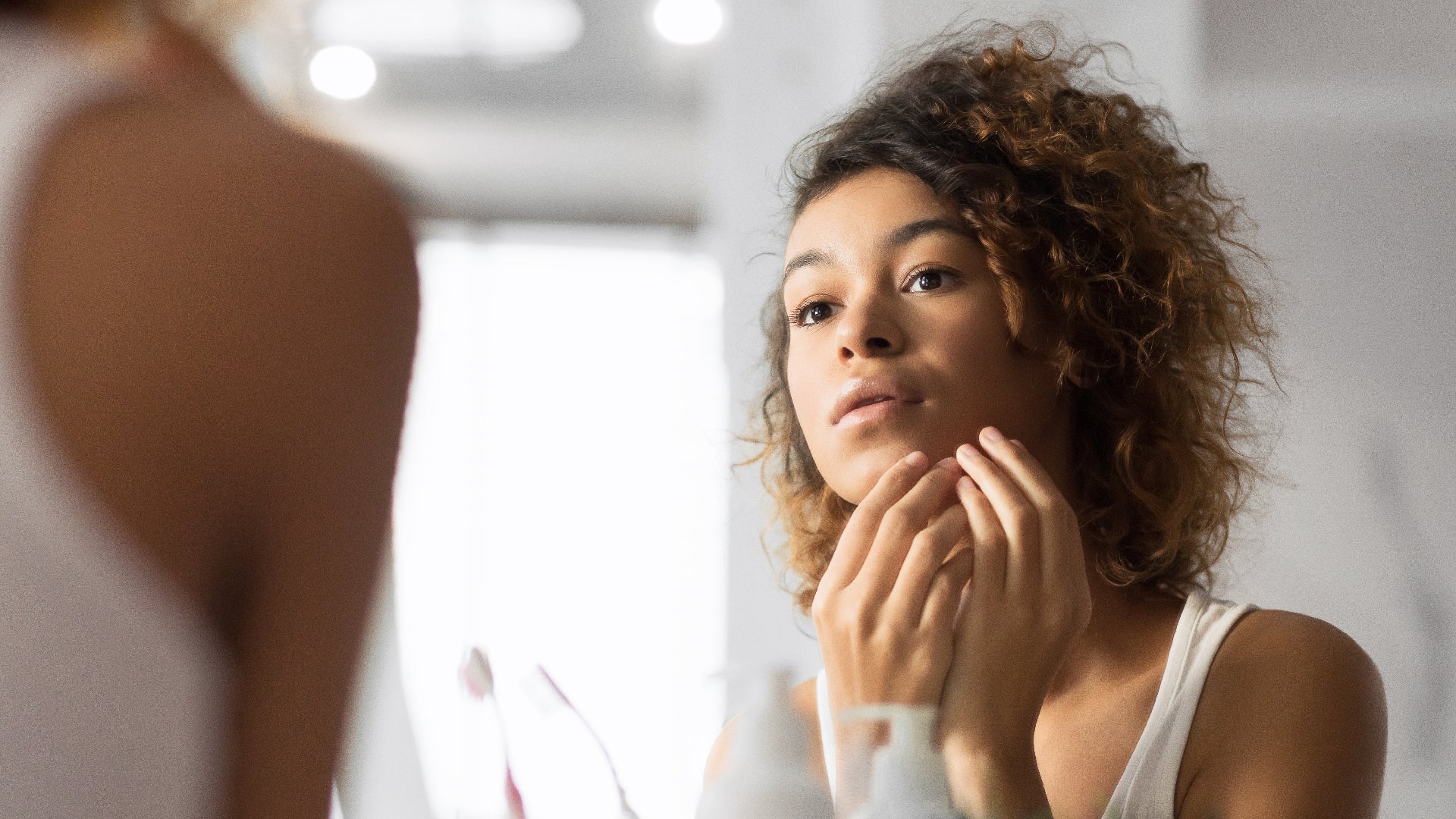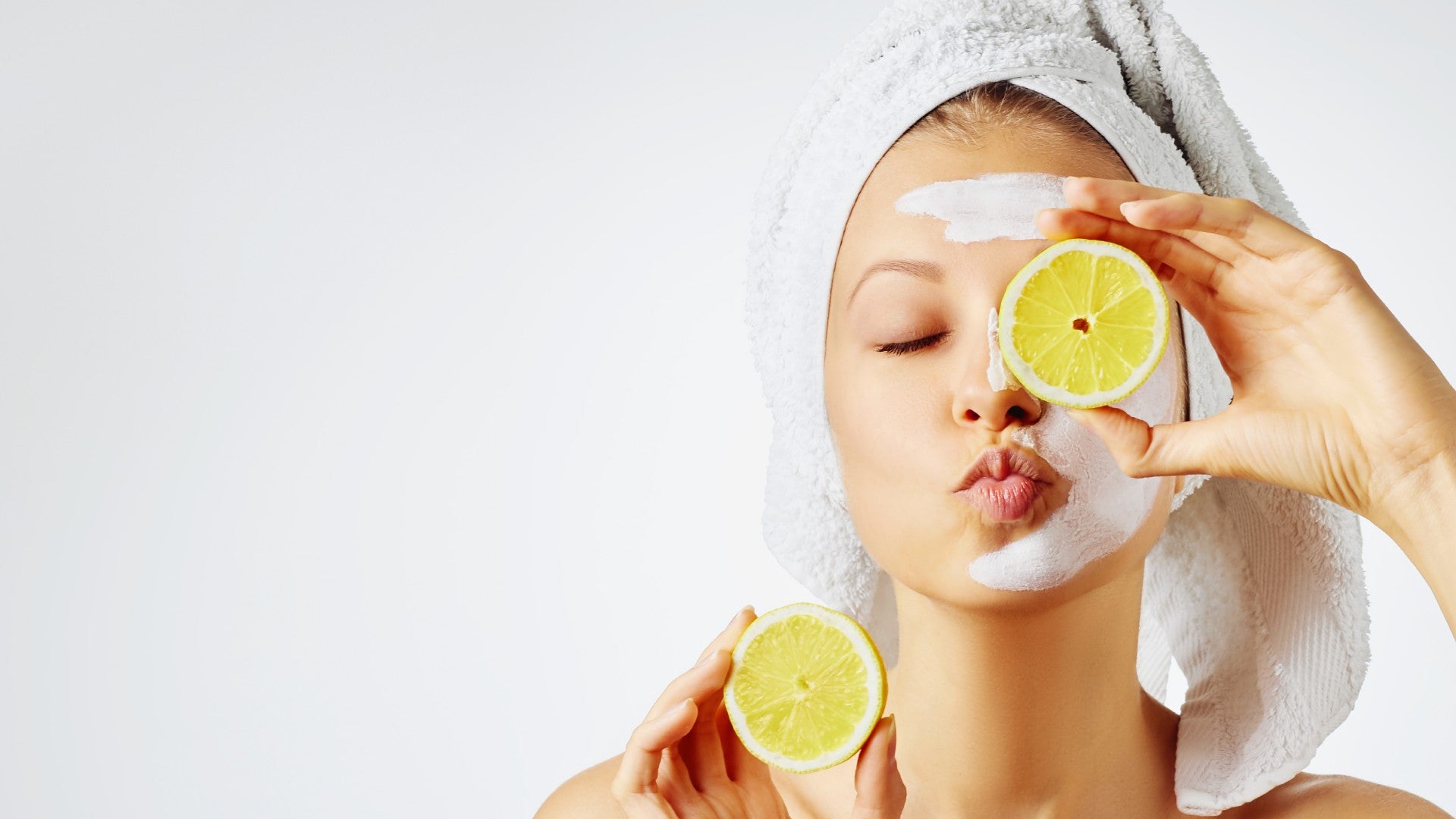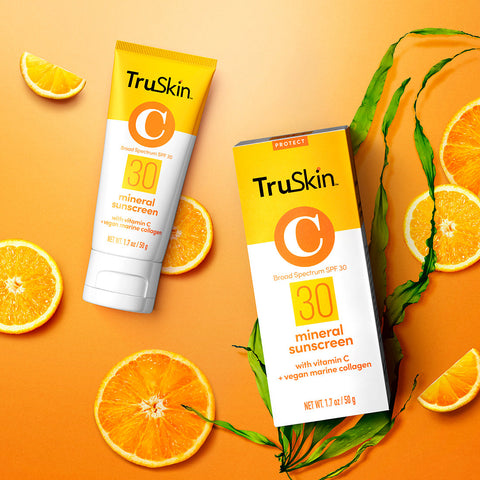
What’s Really Causing Redness on your Face?
If your skin is seeing red and you don’t know why, finding the root cause is everything.
A little facial redness is normal. Rosy cheeks after a few too many red wines? Yeah, we’ve all been there. Slightly flushed skin during your weekly hot yoga class? Check. But if you’re facial redness simply won’t quit, chances are there’s more going on with your skin than you might realize.
Facial redness happens when blood vessels beneath the surface of your skin dilate, causing blood to rush to your skin and the inevitable redness that comes with it. If you have fair skin you’re more likely to be afflicted with redness because your skin is genetically thinner and more fragile than darker skin types. But that being said, anyone can suffer – whatever your skin type or tone.
So, what causes your blood vessels to dilate? Well, the short, slightly vague answer is many, MANY things. But that’s pretty unhelpful, we know, so here are six of the most common causes of facial redness, plus what you can do to help soothe, treat and care for your pesky flare-ups.
Atopic Dermatitis (Eczema)
What It Is: The most common form of eczema and often hereditary, atopic dermatitis (AD) affects around 16.5 million adults in the US. It occurs when your immune system becomes compromised, triggering inflammation in your skin that damages your barrier function.
Symptoms: Along with the obvious redness, atopic dermatitis is typically defined by the amount of itching you will experience. In fact, according to the National Eczema Association, 85 percent of people with AD suffer itching on a daily basis. Dryness and discoloration is also a common symptom.
How To Treat It: A board-certified dermatologist should be your first port of call to truly diagnose and treat atopic dermatitis. They may prescribe an anti-inflammatory or cortisone treatment to help control the redness and reduce any sensitivities. At home, keep your skincare regime simple and free of potential irritants such as synthetic fragrance, sulfates and bad alcohol. Also, try to reduce stress and make sure you eat a healthy diet and get plenty of sleep. The usual, all-round, smart lifestyle choice are super important here.
Acne
What It Is: Acne occurs when your pores becoming blocked with dead skin cells and excess oil. This blockage then breeds bacteria, causing swelling, pimples and inflammation.
Symptoms: Oily skin coupled with red bumps that may be filled with pus are a sure-sign acne is in town. However, what sometimes looks like acne, isn’t, so it’s always best to see a dermatologist for a professional diagnosis.
How To Treat It: Severe acne should always be treated by a derm or doctor, but for mild acne, topical treatments and smart skincare choices can reap great rewards. Ingredients like retinol, salicylic acid and tea tree oil are all proven to help reduce and prevent breakouts. Our Tea Tree Super Serum+ is formulated with all of these, plus hyaluronic acid to hydrate and niacinamide to soothe. What’s more, you only need to apply it two or three times a week to see visible improvements in your skin. Gotta love that.
Contact Dermatitis
What It Is: Certain irritants can cause the skin on your face and neck to flare-up including fragrance, hair dye, jewelry and chemicals or preservatives in skincare products. This is a condition called contact dermatitis and it comes in two forms: irritant contact dermatitis and allergic contact dermatitis.
According to the Mayo Clinic, irritant contact dermatitis is the most common and occurs when your skin is exposed to something it doesn't like which then damages and irritates your skin’s outermost layer. Allergic contact dermatitis, on the other hand, triggers an immune reaction in your skin and can be caused by eating certain foods as well exposing your skin to irritants in personal care products.
Symptoms: Contact dermatitis usually results in redness, itching, dryness, swelling and sometimes burning, bumps or blisters. It can also lead to infection, especially if you scratch the affected area.
How To Treat It: The best way to deal with contact dermatitis is to identify what’s causing your reaction. And word to the wise: don’t even bother trying to do this at home – you’ll just waste time and energy. Instead, check in with an allergist who will perform various patch tests to pinpoint the exact allergen that’s doing a number on your skin. Going forward, avoid this, look after your skin with gentle formulations, moisturize twice daily and you should be laughing.
Over-exfoliation
What It Is: Exfoliating is a great way to boost cell turnover, deeply cleanse your skin and help the rest of your skincare penetrate your skin more effectively. However, too much exfoliating can weaken your skin’s barrier function, stripping away essential ceramides, fatty acids, cholesterol and other nutrients that work hard to keep your skin soft, supple, healthy and hydrated. Without this protective barrier, your skin becomes vulnerable to the outside world and is easily irritated by external aggressors such as pollution, chemicals and toxins. Cue the inevitable facial redness.
Symptoms: How can you tell if you’re over-exfoliating your skin? Well, your skin will become red, dry, tight, itchy and even sting a little when you apply other skincare products. You may also break out. Shock, horror.
How To Treat It: First, stop exfoliating so much. If you like to use a physical scrub or facial mitt, limit these to two or three times a week. Better yet, use a gentle chemical exfoliator that breaks down dead skin cells without you physically having to buff them away. Our Ocean Minerals Super Toner contains glycolic acid which does just that.
Psoriasis
What It Is: Psoriasis is a chronic skin condition that affects over 7.5 million adults in the US. According to the National Psoriasis Foundation its cause is kind of unclear, but it’s all down to a dysfunction of the immune system which causes inflammation and a build-up of skin cells on the surface of the skin. Psoriasis not only affects the skin, but can also impact the joints and other organs and tissues in the body.
Symptoms: Normal skin cells go through a cycle of around a month, in which they form, grow and then shed. However, if you have psoriasis, this process goes into overdrive and happens lightning fast – usually in around three or four days. This results in dead skin cells piling up on the surface of your skin, causing raised scaly patches, itching, burning and severe redness.
How To Treat It: Diagnosing psoriasis isn’t something to be done in the comfort of your home, but it’s easy for your doctor to do so. Therefore, you know the score – get yourself to a doctor or dermatologist quick smart. There are many treatments available for psoriasis, including steroid creams, retinoids and light therapy. Moisturizing your skin is also imperative for reducing flaky patches and dryness, but always patch test new products to check for irritation first.
Rosacea
What It Is: Rosacea is an extremely common, but treatable skin condition that’s flummoxed skin experts for decades. How so? Because its cause has never been fully understood. Rosacea is linked to your vascular system and causes redness and visible blood vessels on the face, usually around your cheeks, chin, nose and forehead. It often comes and goes and is triggered by environmental or lifestyle factors such as diet, alcohol, stress, extreme temperatures, exercise and certain medications.
Symptoms: Redness is the main symptom here, but it’s often coupled with pimple-like bumps that can be itchy and crusty. You may also experience swelling and a burning sensation on the surface of your skin, as well as dry eyes and blurry vision. These symptoms will come and go depending on your triggers.
How To Treat It: There are various options available including light therapy, antibiotics and prescription topical treatments, but as with all redness concerns, it’s vital to see a doctor for a professional diagnosis. You must also protect your skin from the sun as this is a devil for rosacea flare-ups, and think about keeping a diary to help identify your triggers. Your skincare regime should be simple, gentle and minus too many active ingredients like AHAs and retinol. Niacinamide could be an option for you because it has soothing, anti-inflammatory properties, but again, patch test any new product before using it for the first time.
PS: The main takeaway for concerns with any kind of persistent facial redness is to see your doctor or a skin specialist for a diagnosis and plan of action. Trying to figure out what’s causing yours will just stress you out. And this will do nothing but make the issue worse in the long run.














